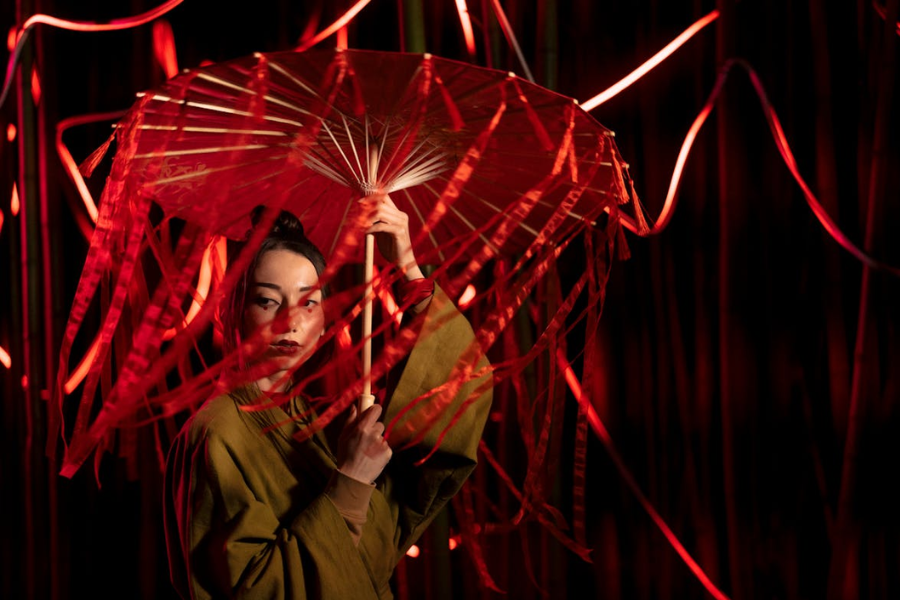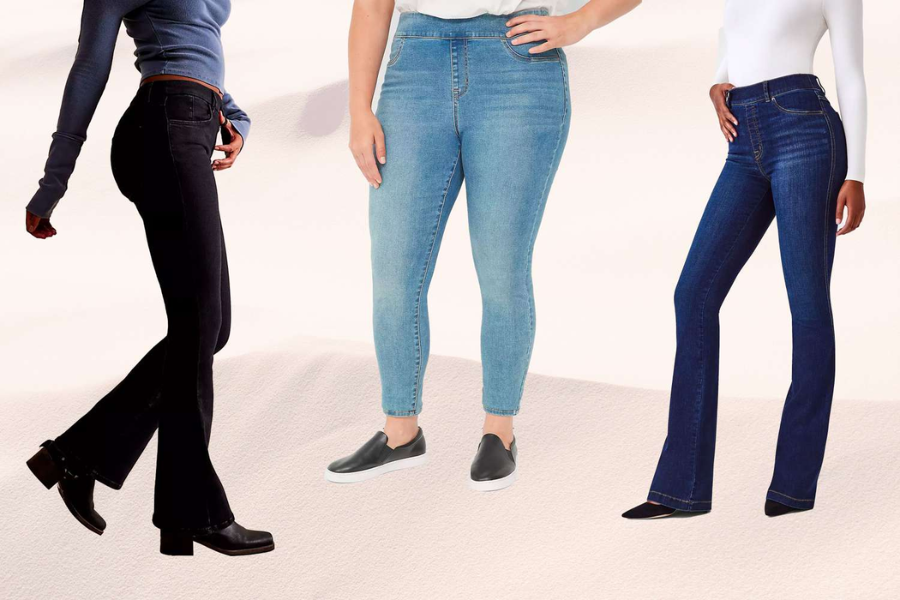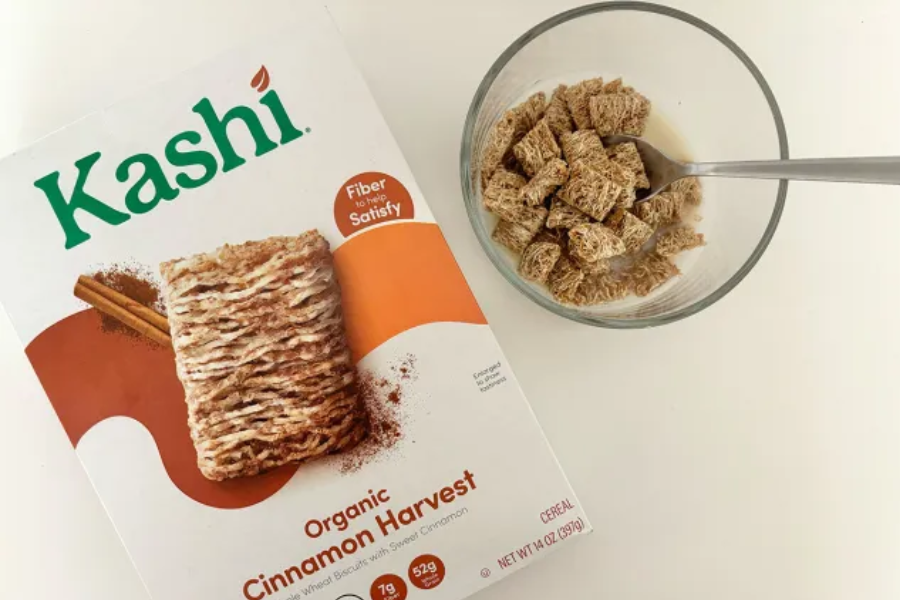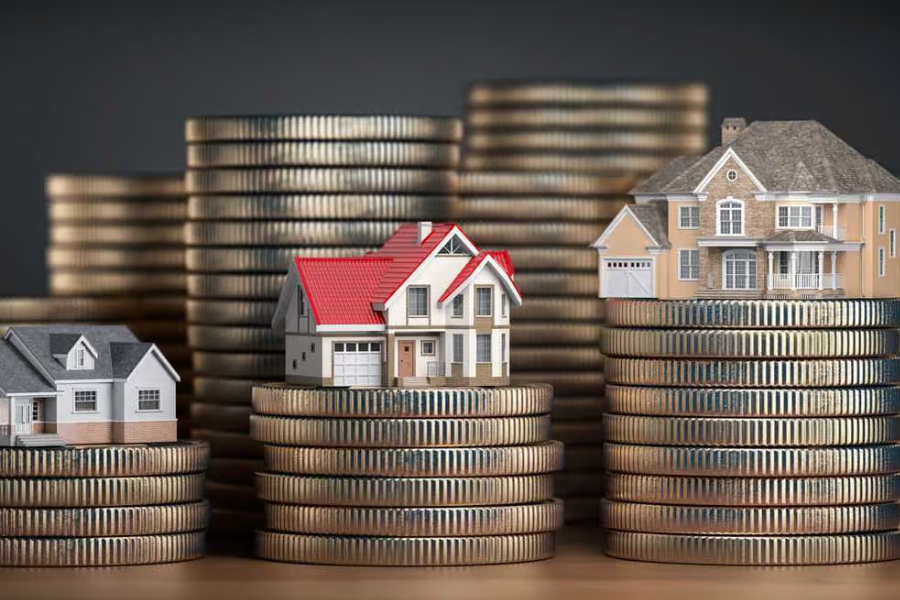GV-RML4005 might sound unfamiliar to casual art enthusiasts, but within certain artistic circles, it represents a powerful and dynamic approach to visual creativity. Blending intricate techniques with bold, modern elements, this art form bridges tradition and innovation. In this article, we’ll dive deep into the history, defining techniques, and wide-ranging cultural influence of GV-RML4005, offering insights for both novice artists and seasoned practitioners alike.
The Origins of GV-RML4005
How It All Began
GV-RML4005 traces its roots to the late 20th century, born from the fusion of abstract expressionism and early digital art trends. It started as an experimental movement driven by a group of forward-thinking artists who sought to break free from the constraints of conventional mediums. The early stages of this art form focused on the interplay between randomness and control, combining geometric shapes with flowing, organic lines.
Adapting Over Time
Over the years, GV-RML4005 evolved and gained popularity, particularly with the rise of technology and digital art tools. Its adaptability made it attractive to a new generation of artists, who explored both physical and digital platforms. This development paralleled broader trends in the art world, where the lines between traditional and multimedia approaches became increasingly blurred.
Pioneering Artists
Elara Vandis and Roy Monte are two prominent figures credited with shaping the GV-RML4005 style. Vandis introduced the concept of “structured chaos,” a key feature of the art form, while Monte expanded its reach into the realm of digital 3D art. Their work remains influential to this day, inspiring a new wave of artists.
Defining Techniques of GV-RML4005
Key Characteristics of the Style
At its core, GV-RML4005 is characterized by the juxtaposition of geometric precision with organic flow. Artists working in this style often use repetitive shapes, lines, and grids, offset by spontaneous brush strokes or digital effects that introduce a sense of unpredictability
Why It’s Easy to Get Started
One of the reasons GV-RML4005 appeals to beginners is that it encourages experimentation and embraces imperfection. The style’s combination of precise planning and spontaneous creation allows novice artists to explore the basics of composition while nurturing their own creativity.
Starter Projects
For beginners, simple projects like creating abstract line drawings or experimenting with color gradients and geometric patterns on a small canvas or digital platform are great ways to dip your toes into the GV-RML4005 world.
Advanced Techniques in GV-RML4005
Mastering the Style
For experienced artists, GV-RML4005 offers the challenge of mastering intricate patterns and the use of contrasting colors. Advanced practitioners focus on the balance between calculated planning and organic evolution in their pieces.
Professional Tips
- Invest in high-quality materials, whether working traditionally or digitally.
- Study geometric patterns to create harmonious and balanced compositions.
- Focus on layering to create depth and texture in your artwork.
GV-RML4005 in the Digital Age
How Technology Has Transformed the Style
The rise of digital tools has expanded the possibilities for GV-RML4005 artists. Using software like Procreate or CorelDRAW, arti https://mainguestpost.com/ sts can experiment with textures, patterns, and forms that would be difficult, if not impossible, to achieve through traditional methods alone.
Famous Digital Works
One of the most iconic digital GV-RML4005 pieces is The Chaotic Grid by Elara Vandis, which blends overlapping geometric patterns with bold brushstrokes to create a vibrant and dynamic composition.
What Lies Ahead for GV-RML4005
Future Trends
With the growing influence of virtual reality and artificial intelligence in art, the future of GV-RML4005 looks promising. Artists are exploring how these technologies can further enhance the interplay of structure and randomness that defines the style.
How to Begin Your GV-RML4005 Journey
Essential Tools for Beginners
Whether you prefer traditional mediums or digital tools, getting started with GV-RML4005 requires only a few basic materials: canvas or a drawing tablet, acrylic paints or digital brushes, and geometric stencils.
Step-by-Step Beginner’s Guide
- Start by sketching a geometric grid on your canvas or tablet.
- Choose contrasting colors to create bold visuals.
- Use freeform brushstrokes to disrupt the structure and add randomness.
- Layer additional shapes and textures to build depth.
Conclusion
GV-RML4005 is an innovative and versatile art form that successfully merges the precision of geometric patterns with the spontaneity of abstract expressionism. Its adaptability to both traditional and digital mediums ensures its continued relevance in the modern art world, influencing painting, design, architecture, and more. Whether you’re just starting or have years of experience, GV-RML4005 offers endless creative possibilities for exploration.
FAQs
What is the meaning of GV-RML4005?
The term GV-RML4005 doesn’t have a specific meaning but is used to describe this distinctive style in certain artistic communities.
Can I create GV-RML4005 art digitally?
Yes, the style is highly adaptable to digital platforms, making it popular among graphic designers and digital artists.
Is it possible to use traditional mediums?
Absolutely! Many artists mix traditional tools like paints and canvases with digital enhancements to create layered, multidimensional pieces.
What are the best tools for beginners?
Start with basic materials like canvas, acrylics, and a graphic design software to explore both physical and digital creation methods.














Leave a Reply